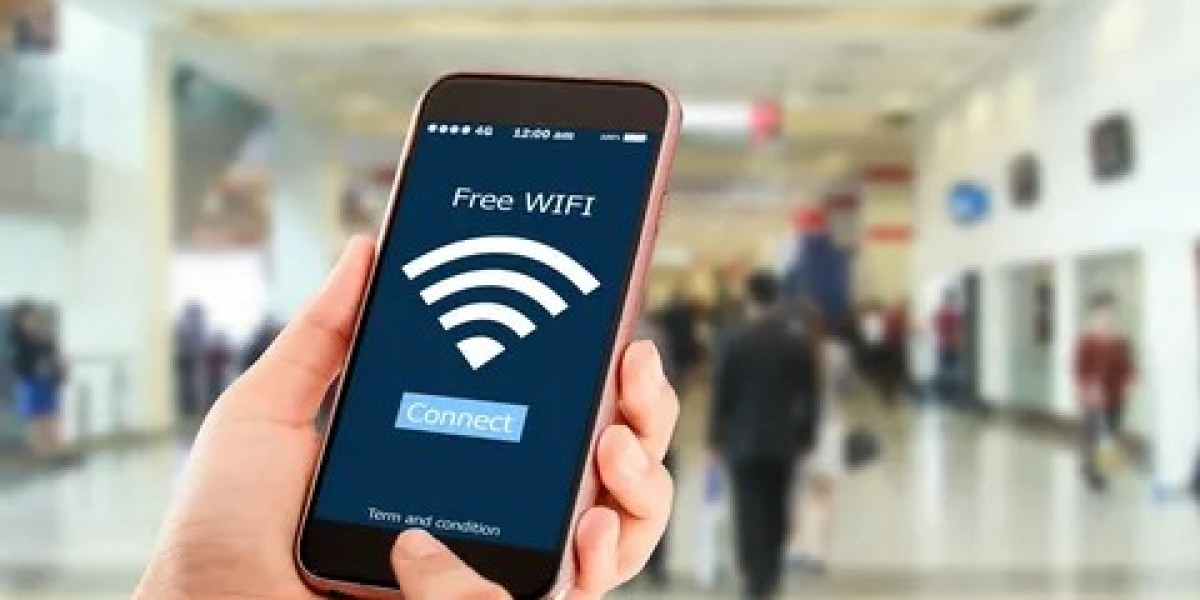Public Wi-Fi networks are a convenient way to stay connected while on the go, whether you’re at a café, airport, or hotel. However, the convenience of free internet access often comes with significant security risks that many users overlook. Understanding these dangers is crucial for protecting your personal information and devices. In this article, we’ll delve into the hidden dangers of public Wi-Fi and how you can safeguard yourself against potential threats.
1. Data Interception
One of the most significant risks associated with public Wi-Fi is data interception. When you connect to an unsecured network, your data can be intercepted by cybercriminals using packet-sniffing tools. This means that sensitive information, such as login credentials, emails, and credit card numbers, can be easily captured.
Prevention Tip: Use a Virtual Private Network (VPN) to encrypt your internet connection, making it more difficult for attackers to intercept your data.
2. Man-in-the-Middle Attacks
In a man-in-the-middle (MitM) attack, an attacker positions themselves between you and the Wi-Fi network. They can intercept, send, and receive data without your knowledge. This type of attack can allow the attacker to steal sensitive information or manipulate communications.
Prevention Tip: Avoid logging into sensitive accounts or conducting financial transactions over public Wi-Fi. Always look for HTTPS in the URL to ensure a secure connection.
https://southernvpn.com/internet-security/risks-of-public-wifi/
3. Rogue Hotspots
Cybercriminals can set up rogue Wi-Fi hotspots that mimic legitimate public Wi-Fi networks. Unsuspecting users may connect to these fake networks, allowing attackers to monitor their online activities and steal information.
Prevention Tip: Always verify the network name with staff or reliable sources before connecting. Be cautious of networks with similar names to legitimate ones.
4. Malware Distribution
Public Wi-Fi can also be used to distribute malware. Cybercriminals can exploit vulnerabilities in devices connected to the network to install malicious software without the user's knowledge. This malware can steal information, track user activities, or even take control of the device.
Prevention Tip: Keep your antivirus software updated and avoid downloading files or clicking on links from unknown sources while connected to public Wi-Fi.
5. Session Hijacking
Session hijacking occurs when an attacker takes control of your active web session, allowing them to impersonate you and access your accounts. This is particularly dangerous for online banking and social media accounts.
Prevention Tip: Always log out of your accounts after use, and consider using multi-factor authentication for added security.
6. Privacy Risks
Using public Wi-Fi can expose your online activities to other users on the same network. Malicious users may be able to see your browsing habits, personal information, and any data transmitted over the network.
Prevention Tip: Use incognito or private browsing modes, and avoid accessing sensitive information while connected to public Wi-Fi.
7. Insecure Websites
Many websites do not use secure protocols, making your data vulnerable while browsing. If you access a non-HTTPS site over public Wi-Fi, your information is at risk of being intercepted.
Prevention Tip: Only visit websites that use HTTPS. Browser extensions that enforce HTTPS can help protect your data.
8. Device Vulnerabilities
Devices that are not regularly updated or lack security patches are more vulnerable to attacks. Public Wi-Fi can exploit these vulnerabilities to gain access to your device and data.
Prevention Tip: Regularly update your operating system and applications to protect against known vulnerabilities.
9. Network Sniffing
Attackers can use packet sniffing tools to capture and analyze data packets traveling through the network. This can include sensitive information like login credentials, personal messages, and other data.
Prevention Tip: Avoid entering sensitive information over public Wi-Fi and use a VPN to encrypt your data.
10. Physical Security Risks
Using public Wi-Fi in crowded areas can also pose physical security risks. Thieves may be present, waiting for an opportunity to steal devices left unattended.
Prevention Tip: Keep your devices secure and close to you at all times. Use strong passwords and lock your screen when stepping away.
Conclusion
While public Wi-Fi provides convenience, it is essential to be aware of the hidden dangers that accompany it. By understanding the risks and taking proactive measures to protect yourself, you can enjoy the benefits of public Wi-Fi without compromising your personal information. Always prioritize secure connections, verify network authenticity, and use additional security measures like VPNs and antivirus software to safeguard your data.








